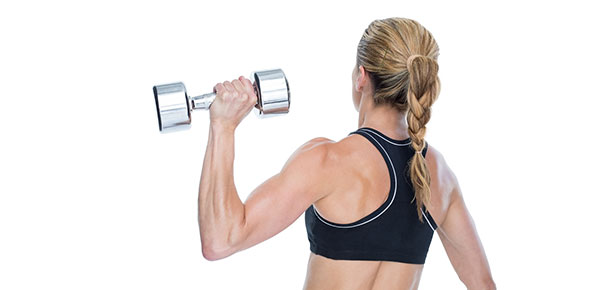Related Flashcards
Related Topics
Cards In This Set
| Front | Back |
|
Give a brief overview of the structure and function of lympathic system
|
* Consists of two semi-independent parts
- lymphatic vessels - lymphoid tissues and organs * Lymphatic system functions - transport tissue fluids back to the blood - play essential roles in the body defense and resistance to disease |
|
Lable |
|
|
What does the lympathic system do? (simple)
|
Keeps your fluids healthy and clean
|
|
Draw the relationship between cardiovasular and lympathic
|
|
|
What do the lymph nodes do?
|
Filters and cleans the fluid from the carpillaries back to the heart
|
|
What is tissue fluid Part 1 (incomplete)
|
The fluid that baths the cells. |
|
What happens to tissue fluid and how does it get into the lympatic vessels
|
The lympathic vessles are closed ends and under pressure mini-valvles open and close when pressure inside is higher Plasma goes to the tissues goes to the lymph system |
|
Describe tissue fluid
|
Capillary beds - fluid forces out of blood
Most reabsorbed Fluid left in tissues (approx 3L daily) = Tissue (Interstitial) Fluid (IF) (never have blood cells in it so its clear) IF plus leaked plasma protein enters lymph capillary Now called LYMPH - returned to blood Accumulated fluid = (O)EDEMA) |
|
Draw a lympathic capillary
|
|
|
Describe lymph capillaries
|
Begin as blind ended tubes
Easily opened flap like mini valves Throughout body Absent in bone and teeth, bone marrow and the entire CNS Inflamed tissue more permeable allows pathogens, cell decris and cancer cells enter lymphatic system |
|
Describe the collecting vessels
|
Look similar to veins
Similiarities Have the same three tunics as veins Difference - have thinner walls, with more internal valves Collecting vessels in the skin travel with superficial veins Deep vessels travel with arteries Lympathic collecting vessels collects lymphs from lymph capillaries and carries lymph to and away from the lymph nodes and returns fluid to circulatory veins near the heart |
|
Name the lymphathic vessels
|
1. Lympthaic capillaries
2. Collecting vessels 3. Lymphatic trunks - 5 major trunks 4. Collecting ducts - right lymphatic duct and thoracic duct 5. Subclavian veins |
|
Describe the function of lympathic vessels
|
Return exess tissue fluid to blood
Return leaked protein to the blood Carry absorbed fat from intestine to the blood - all returned to circulatory veins near the heart (fats go to gut, then to lymph, then to blood) |
|
How does lymph move through the vessels?
|
One way system toward the heart They have valves to stop the backwad flow but do not have a pump and needs to move toward the heart 1. Skeletal muscle pump (squeezes vessels to move fluid back up, feet would swell if you don't move) 2. Respiratory pump (pressure changes draw fluid toward the heart) 3. Smooth muscle in the walls of larger vessels (squeezes) 4. Squeezing of lymphatic vessels by the expansion/recoil of arteries that are wrapped in the same connective tissue sheath Lots of valves so when anything moves it can only go in one direction |
|
Where are the lymph nodes located?
|
|




